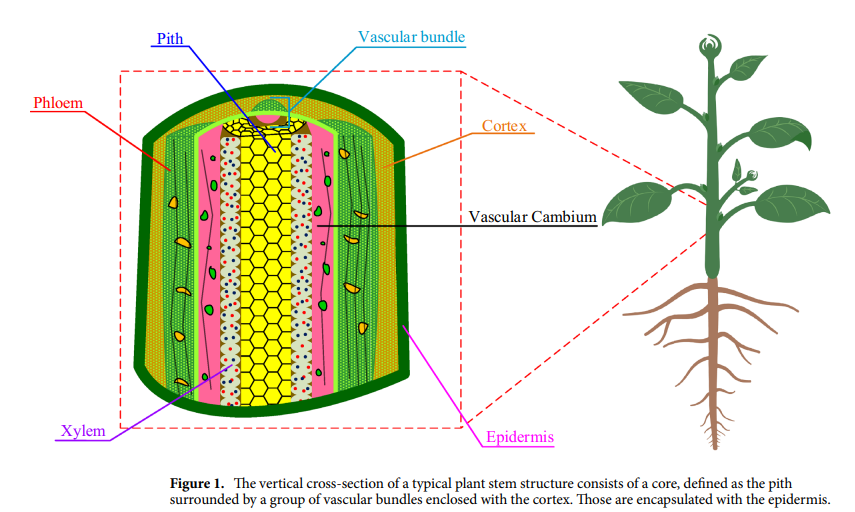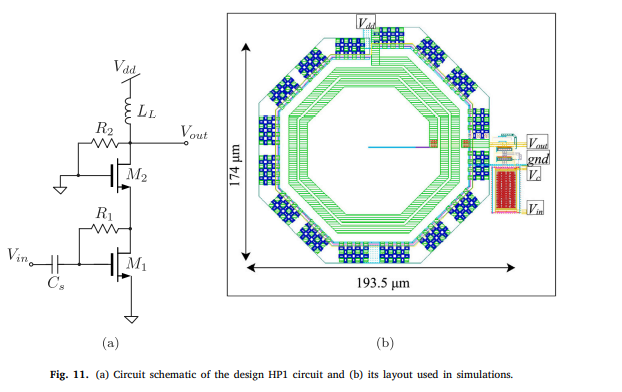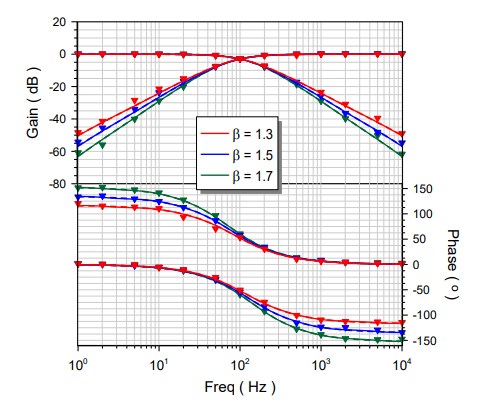Discrete fractional-order Caputo method to overcome trapping in local optima: Manta Ray Foraging Optimizer as a case study
Enhancing the exploration and exploitation phases of the metaheuristic (MH) optimization algorithms is the key to avoiding local optima. The Manta ray foraging optimizer is a recently proposed MH optimizer. The MRFO showed a good performance in the simple optimization problems. However, it is trapped into the local optimum in the more elaborated ones due to the original algorithm's low capability in exploiting the optimal solutions and its convergence. From this principle, in this work, a novel variant of the Manta ray foraging optimizer has been proposed for global optimization problems, engineering design optimization problems, and multi-threshold segmentation. In the proposed approach, the fractional calculus (FC) using Caputo fractional differ-sum operator has been adopted to enhance the manta rays movement in the exploitation phase via utilizing history dependency of FC to boost exploiting the optimal solutions via sharing the past knowledge over the optimization process. Moreover, to avoid premature convergence, the somersault factor has been adaptively tuned. The fractional-order Caputo Manta-Ray Foraging Optimizer (FCMRFO) has been proposed. The proposed algorithm's sensitivity for the FC coefficients has been tested with ten-dimensional CEC2017 benchmarks. The scalability test of the proposed algorithm has been performed with 30, 50 and 100-dimensional CEC2017. Moreover, CEC2020 benchmarks with dimensions 5 and 20 have been applied for providing an extensive investigation, and the FCMRFO has been compared with recent state-of-the-art algorithms. Through utilizing the non-parametric statistical analysis and ranking test, the FCMRFO confirms its superiority and ability to avoid the local optimum in several cases. For the second part of the study, three constrained engineering design problems have been investigated; then, numerous natural images are applied to appraise the FCMRFO for multilevel threshold image segmentation. By performing several metrics, the FCMRFO proves its quality and efficiency compared to recent well-regarded algorithms in engineering applications and image segmentation. © 2021



